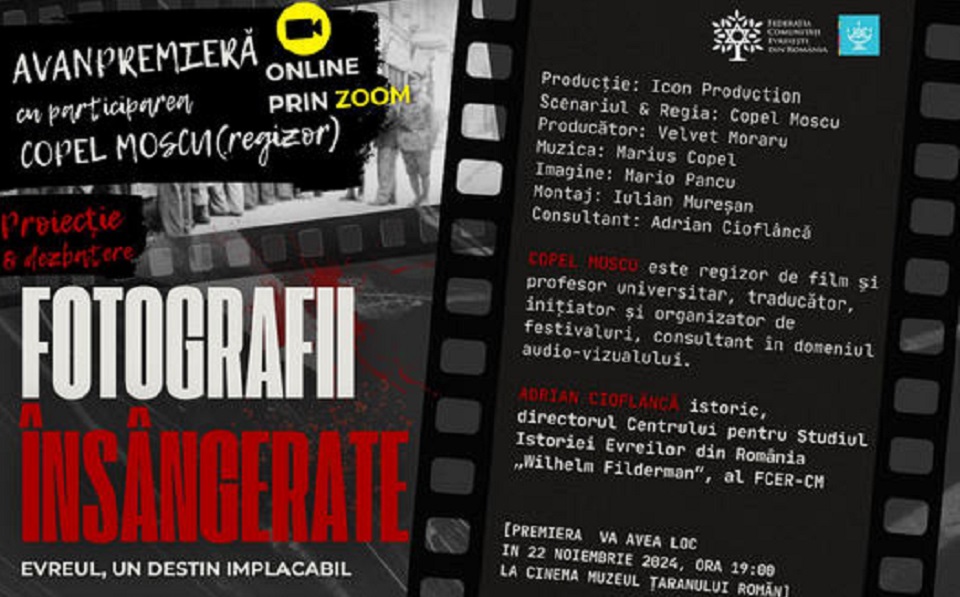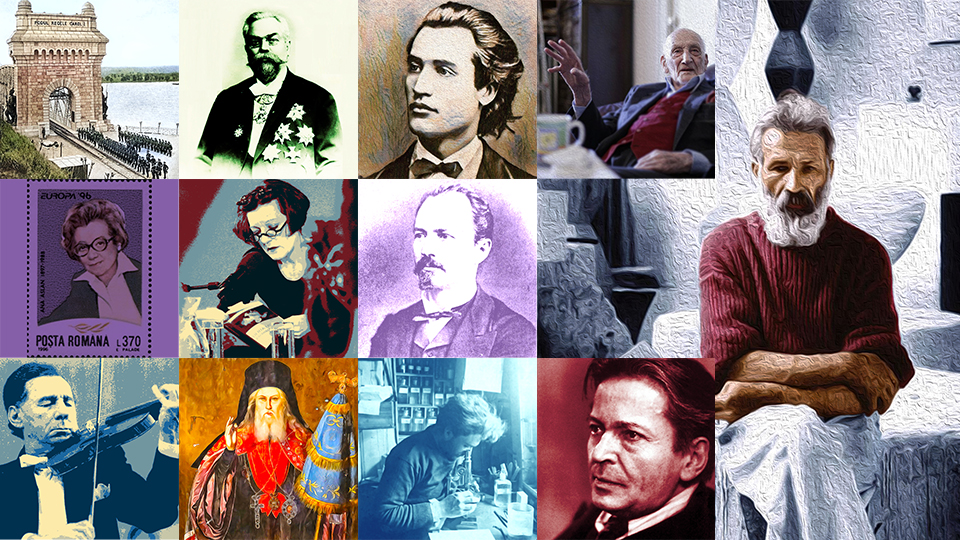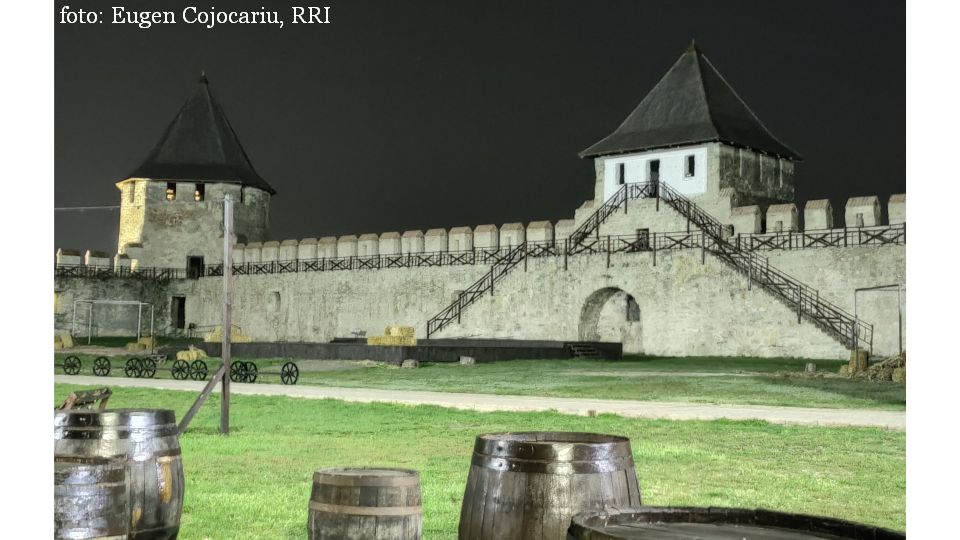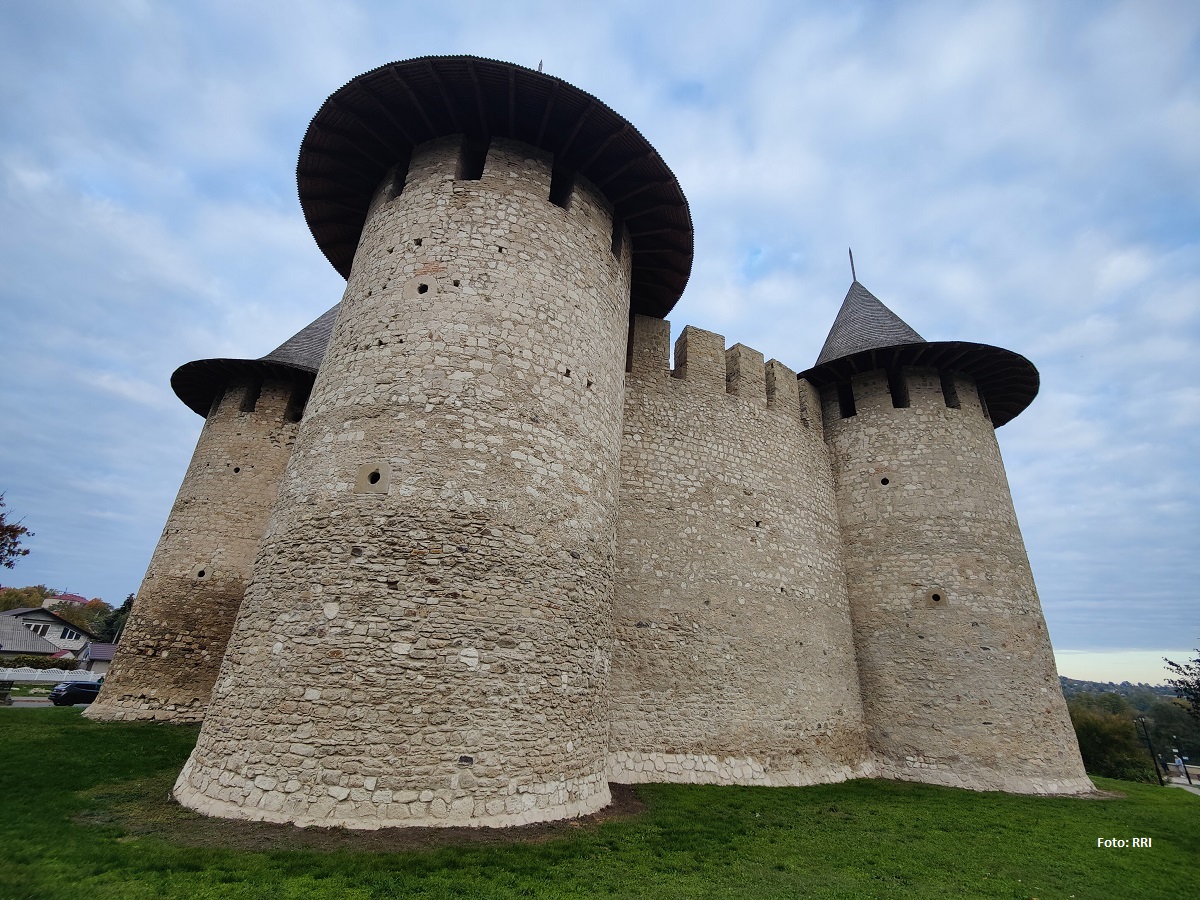The menus of the Royal family
An insightful look at the Royal family's habits and customs for Christmas
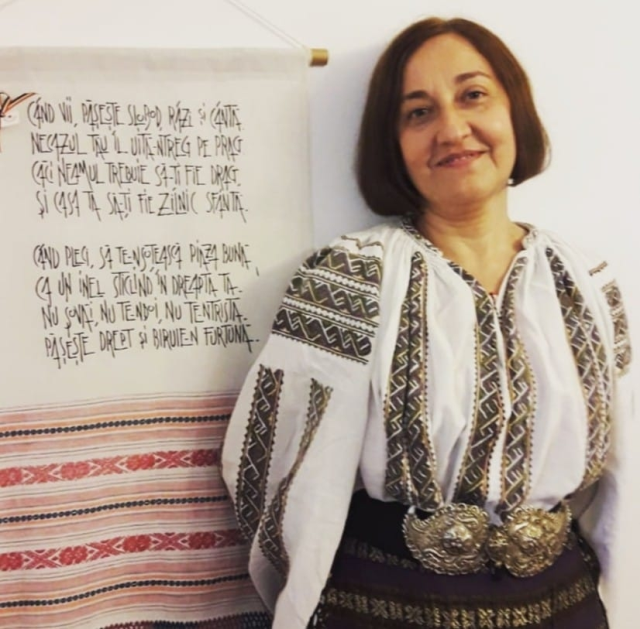
România Internațional, 11.01.2020, 12:00
Royal dynasties,
among other things, have compelled recognition because of their customs, but
also because of their feasts. The Hohenzollern-Sigmaringen dynasty, the lineage
of Romania’s King Carol I, made no exception to that; in the beginning, the
royal protocol was rather rigid, but in time, the protocol had the personal
touch of King Carol I and his successors, kings Ferdinand, Carol II and
Michael. Stefania Dinu is the author of Royal dinners and menus. Elegance,
splendour and good taste.
Stefania Dinu:
King
Carol I was the one who established the protocol of Romania’s ruling and then
Royal court. He is the one who set things to rights, that including the
protocol of the royal dinner and the celebration of Christmas. King Carol I
became famous for his punctuality and temperance and, no matter who his guests
were, his protocol had to be faithfully observed. For instance, when they were
at the Peles Castle, the king and the queen set off together for the dining
room to have dinner. By all means, the protocol was clearly specified for that.
Guests had been announced well in advance and knew their place at the dinner
table, closer or further away from the king. Nobody was allowed to leave the
table unless the king gave the signal for that, nobody was seated unless the
king gave the signal, no one was to start the conversation unless the king was
the first one to speak to the guests. The moment the king finished the first
course the plates were cleared, irrespective of the fact that the last guest at
the table may have not finished eating.
The royal menus
were printed on luxury paper, decorated with drawings or engravings by fine
artists and ennobled by the royal cipher. Dished were cooked using French
recipes, but included in the menus were also German, Romanian or
English-inspired dishes. As expected, the Christmas dinner played a key role in
the royal protocol and as part of the royal family’s domestic customs.
Stefania Dinu:
The
fir-tree was adorned for the first time for the Christmas of 1866, at the Royal
Palace in Bucharest. It was adorned by ruling prince Carol I and his wife,
Elisabeth, but also by the princesses that had been invited at the palace. For
the three days of Christmas, the family relaxed. No people received in
audience, no receptions, those were just days of peace and quiet. Sometimes the
royal family went to the skating rink. King Carol and Queen Elisabeth loved
skating. The only child of the royal couple made of Carol and Elisabeth,
Princess Mary, died at the age of four, in 1874. The queen could not have other
children, and that is how Carol’s nephew, his brother’s son, the future King
Ferdinand, was adopted as a successor. When the princely family was formed,
through the marriage of Prince Ferdinand to Princess Mary of Edinburgh, the
royal family made of Carol and Elisabeth made a habit of spending Christmas at
the Cotroceni Palace, in order to be with the young family and their children.
And that became a rule, as long as King Carol and Queen Elisabeth were on the
throne of Romania. A description could be found in the archives, of the
Christmas Eve preparations, when Carol and Elisabeth arrived at the Cotroceni
Palace. The fir-tree was brought from Sinaia, the game and the mistletoe were
brought from the royal estates and domains, the fir-tree was adorned in the
great reception hall in the Cotroceni Palace and at 6.00 pm sharp, the royal
family arrived in Cotroceni. Gifts were distributed, then the invited
dignitaries arrived, the dinner began, and at 1030, 11 o’clock pm at the
latest, the festivity drew to a close. Carol and Elisabeth took their leave and
it was the princely family’s duty to entertain the guests.
A grand ball was
usually held at the Royal Palace on January 1st, with more than a
thousand people participating. The guest list was compiled by King Carol
himself, who was very particular about the participants. After his death in
1914, King Ferdinand and Queen Mary, who had been married since late 1893,
rendered the protocol less strict, and the reception less austere, and the Christmas
and the New year’s Eve festive dinner they offered were more entertaining and
had a lot more splendor. Even their
domestic habits became more laid-back. We can see that if we have a closer look
at the family breakfast protocol. The royal family had breakfast starting 9 am.
Stefania Dinu:
There were two options for the breakfast. For the first option, you could have
tea, coffee with milk, butter, cake breads and marmalade. At the same time,
King Ferdinand had French fries with a Schitzel or grilled meat, following the German
model. As for some of the children, the princess and the princesses, they did
just like their father, having a stake in the morning and drinking a big cup of
chocolate. Just as the head of the Cotroceni Palace chancellery wrote, ‘ the
slim and slender figure was not quite fashionable at the royal court.’ At King
Ferdinand’s court, the tradition of the Christmas celebration continued. As
King Carol had died in September 1914, that year, Christmas at the Royal Court
was hosted by King Ferdinand. There always was a set menu for the Christmas
dinner at the Royal Court, including the same courses. A special role was
played by the plum pudding included in the menu, a typical dessert dish for the
Christmas dinners in England, which was Queen Mary’s favorite. It was also her
who, in her Memoirs, gave an account of guests from the British Legation from
Bucharest coming over to the Christmas dinner at the Royal Palace to have a
taste of the meat pie and the plum pudding that was served there.
During King
Carol II and King Michael’s reigns, royal festive dinners became more modern,
in that they were less formal and less pompous.

